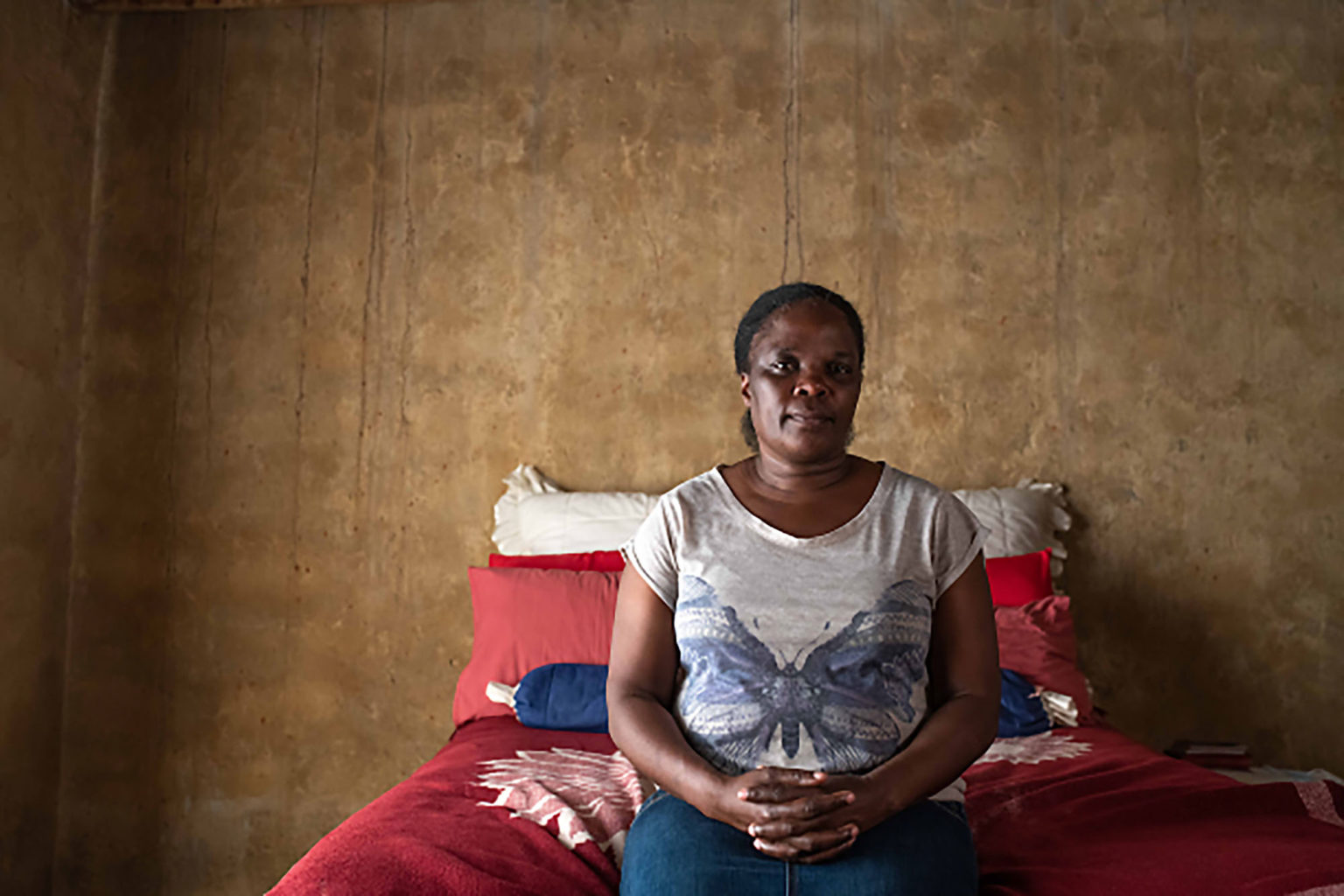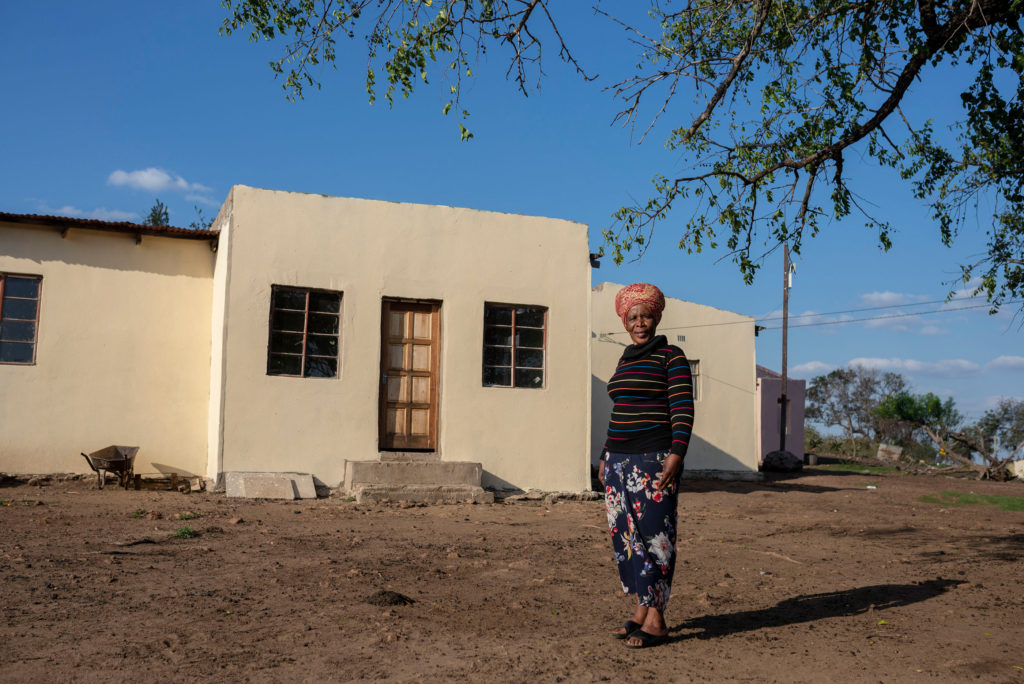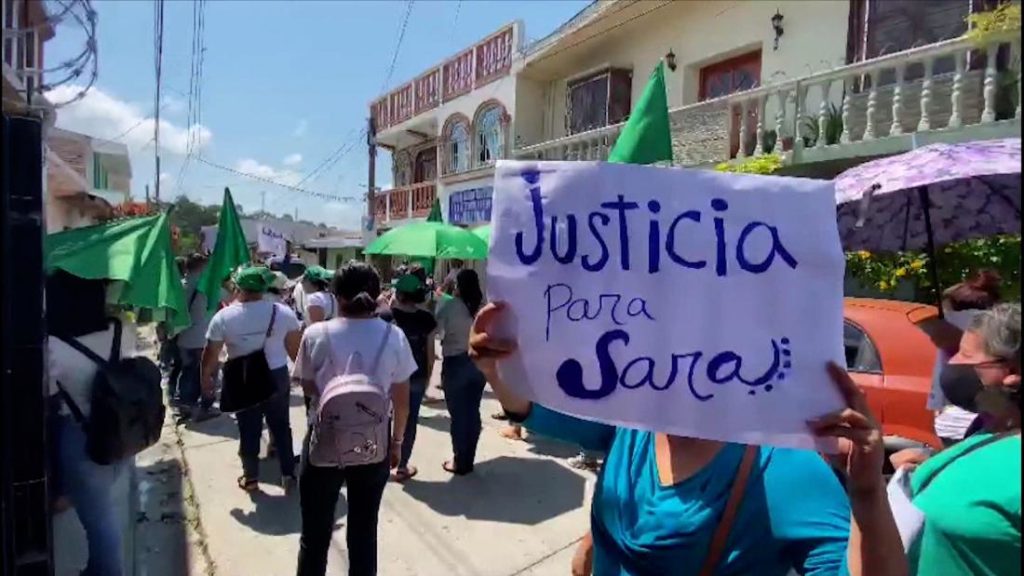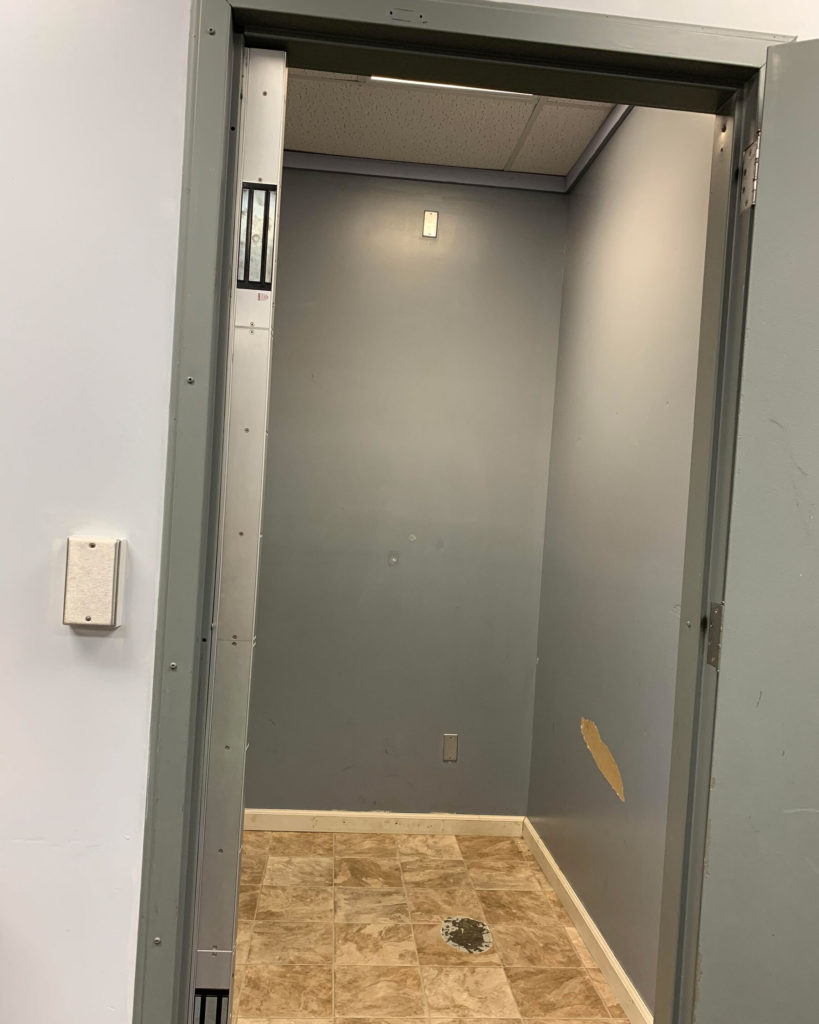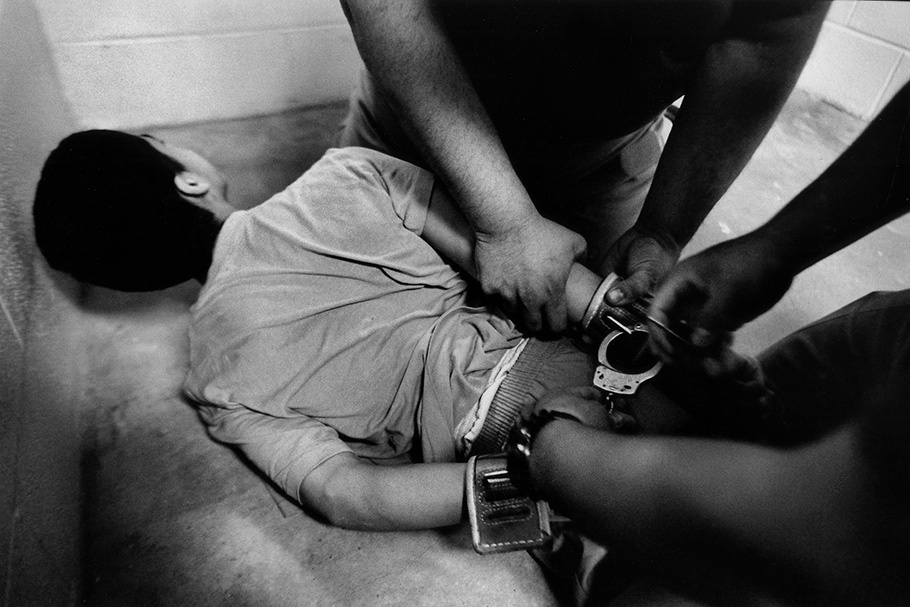

“Minnesota lawmakers could end routine shackling of children in court”. Minnesota legislators are currently debating a bill that would end the routine shackling of children in court. You know what routine means? “Acquisition of skills through practice (as opposed to academic study)”. When public defender Sarah Ellsworth greets a client, a ten-year-old child, in shackles, what does she say? “Small steps. It breaks my heart.” The children need to learn that, if you don’t want to fall on your face and your legs and belly and arms are shackled, you must take small steps. Welcome to the United States where this routine is the lesson we teach certain children.
Up to the present, this routine shackling of children hasn’t been deemed important enough to merit any kind of uniform legislation or guidance. Thus, some counties don’t shackle juveniles, others shackle children at the discretion of the judge, other routinely shackle children. As of July 2019, 32 states including the District of Columbia limited the indiscriminate use of restraints on children in court, but even there the guidelines are fairly inconsistent.
So, some counties indiscriminately shackle and some counties … discriminately shackle. Of course, the whole system is based on discrimination, anyway, as a study released earlier this year suggests. The national youth incarceration rate is 138 per 100,000. The rate in Minnesota is 116 per 100,000. At the national level, for every 83 White children incarcerated, 383 Black children are incarcerated. That’s a disparity of 4.61. In Minnesota that looks like this: for every 56 White children incarcerated, 473 Black children are sent behind bars. That’s a disparity of 8.45. That is the eleventh worst in the country (New Jersey has the worst). Nationally, for every 83 White children incarcerated, 118 Latinx are incarcerated. That’s a disparity of 1.42. In Minnesota, for every 56 White children incarcerated, 89 Latinx children are incarcerated, with a disparity of 1.59 (Massachusetts `leads’ the pack in this disparity race to the bottom). In Minnesota, as across the United States, the routine of shackling is the lesson we teach certain children
When Angel Knutsen was 14 years old, she violated probation and `consumed’ something she shouldn’t have. Her ankles and hands were shackled and attached to a chain around her belly, and then she was loaded into a van. She was 14 years old. She never committed anything but petty nonviolent offenses, for which she was in and out of the criminal justice system for five years. During that period, she figures she was shackled 30 times or so. What lesson did this routine teach Angel Knutsen? “I felt a lot of shame.” She also felt the system was telling her she was a bad person who was destined to do bad things, and so she did. Today, at the age of 21, Angel Knutsen is a certified nursing assistant who wants to teach a better lesson, a better routine.
Minnesota has debated a version of this year’s bill every year since 2013. Why is it so difficult to stop shackling children? Why must these bills be debated year in and year out? Even when they’re passed, why is it that, so often, the language is rife with vagueness and loopholes? Stop shackling children. Period. In fact, stop shackling people. Period. This should not be so difficult. Can we not routinely act better towards one another?
(By Dan Moshenberg)
